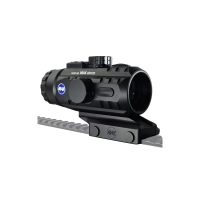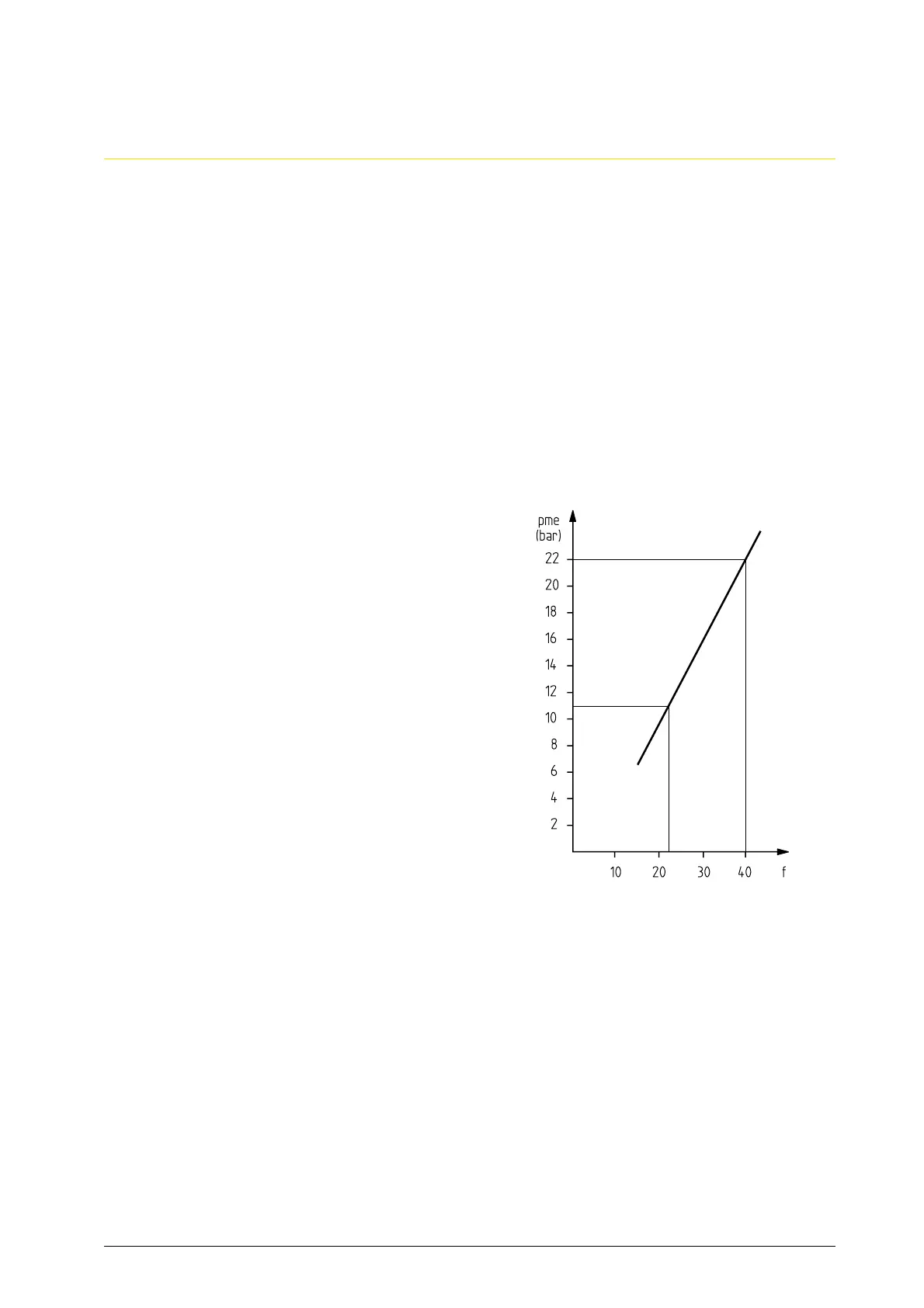Emergency operation
With a defective turbocharger
A3.12.01.00
M20-M601C
en / 16.12.1997 BA000146 1/1
Ĺ
Defective turbocharger
For supercharged marine diesel engines, it may occur that they have to continue their operation as a
naturally aspirated engine with a reduced output, when the turbocharger has failed.
As the valve timing of the engine has been adjusted to full load, the engine will exhaust part of the
combustion gases into the induction manifold and take them in again when the turbocharger is
inoperative (and also normally in the lower partial load range). The high proportion of exhaust gas
and the missing charge air pressure only permit a reduced bmep to protect the engine against
thermal overload. The fuel injection pump delivery must be reduced according to the bmep
recommended below.
Determination of the maximum permissible fuel
rack position
The relation between the fuel rack position (f) and
the mean brake effective pressure (pme) is approx.
linear.
For the determination of the permissible fuel rack
position, a fuel-bmep graph can be prepared, as
shown in the example by two fuel rack and bmep
values taken from the acceptance test records.
The values for the 100 % and 50 % output figures
should be taken for this. The characteristic
intersection through both coordinates will indicate
the fuel rack position for any bmep value.
BMEP/Fuel graph
Example:
P = 100 %, f = 40 mm, bmep = 22 bar
P = 50 %, f = 22 mm, bmep = 11 bar

